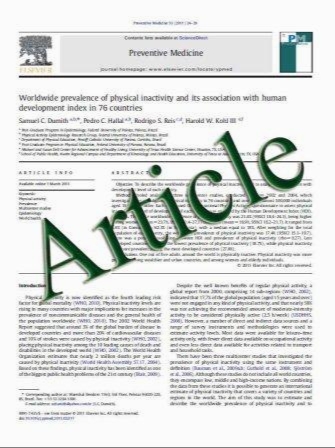Lysosomal stress and lipid peroxidation products induce VEGF-121 and VEGF-165 expression in ARPE-19 cells
- نوع فایل : کتاب
- زبان : انگلیسی
- مؤلف : Marion Bergmann & Frank Holz & Jürgen Kopitz
- چاپ و سال / کشور: 2011
Description
Background Pathologically increased VEGF-A expression is considered a major pathogenic factor in exudative AMD. Since VEGF-A can exist in isoforms with different individual functions, for a detailed understanding of the role of VEGF-A in normal and disease associated processes, in particular in wet AMD, the expression pattern of VEGF-A isoforms has to be taken into account. Therefore in the present study, adressing the effects of lysosomal dysfunction on VEGF expression and secretion by RPE cells induced by lipid peroxidation products and an inhibitor of lysosomal acidification, we applied quantitative methods discriminating the major VEGF-A isoforms. Methods ARPE-19 cells were treated with the primary lipid peroxidation products 4-hydroxynonenal (HNE), malondialdehyde (MDA) or the lysosomal inhibitor bafilomycin A. VEGF-A isoforms were determined by splice-variant-specific RT-PCR. For detection of protein levels, a protein prefractionation strategy based on the strikingly different isoelectric points of VEGF isoforms was used prior to quantification of VEGF-A 121, -165, -189 and -206 expression by ELISA. Results On mRNA level, VEGF-A 165 represents the major isoform (60%), VEGF-A 121 accounts for about one-third, and VEGF-A 189 for about 10% of total mRNA detected in untreated cells. No VEGF-A 206 mRNA was detected. Treatment with bafilomycin A increased VEGF-A 121 and VEGF-A 165 mRNA levels. VEGF-A 189 expression remained unaffected, and no induction of VEGF-A 206 mRNA was detectable. Similar effects were observed when cells were stressed with HNE or MDA. On protein level, bafilomycin A as well as the lipid peroxidation products caused an increase of total VEGF-A protein secretion into the culture medium. In analysis of VEGF-A for different splice variants, only VEGF-A 121 and VEGF-A 165 were detected, the latter representing the major secreted isoform, with the ratio of both isoforms being slightly changed in favour of VEGF-A 165 secretion. Conclusion Lysosomal dysfunction and lipid peroxidation damage might be an inducer of VEGF-A 121 and VEGF-A 165 expression in the retina. Furthermore, the novel technique used to analyze the protein expression pattern of VEGF- A isoforms in biological samples may represent a valuable tool in future analyses of specific VEGF-A isoforms in normal and pathogenic functions.
Graefes Arch Clin Exp Ophthalmol DOI 10.1007/s00417-011-1682-0 Received: 14 December 2010 / Revised: 25 February 2011 / Accepted: 6 March 2011


